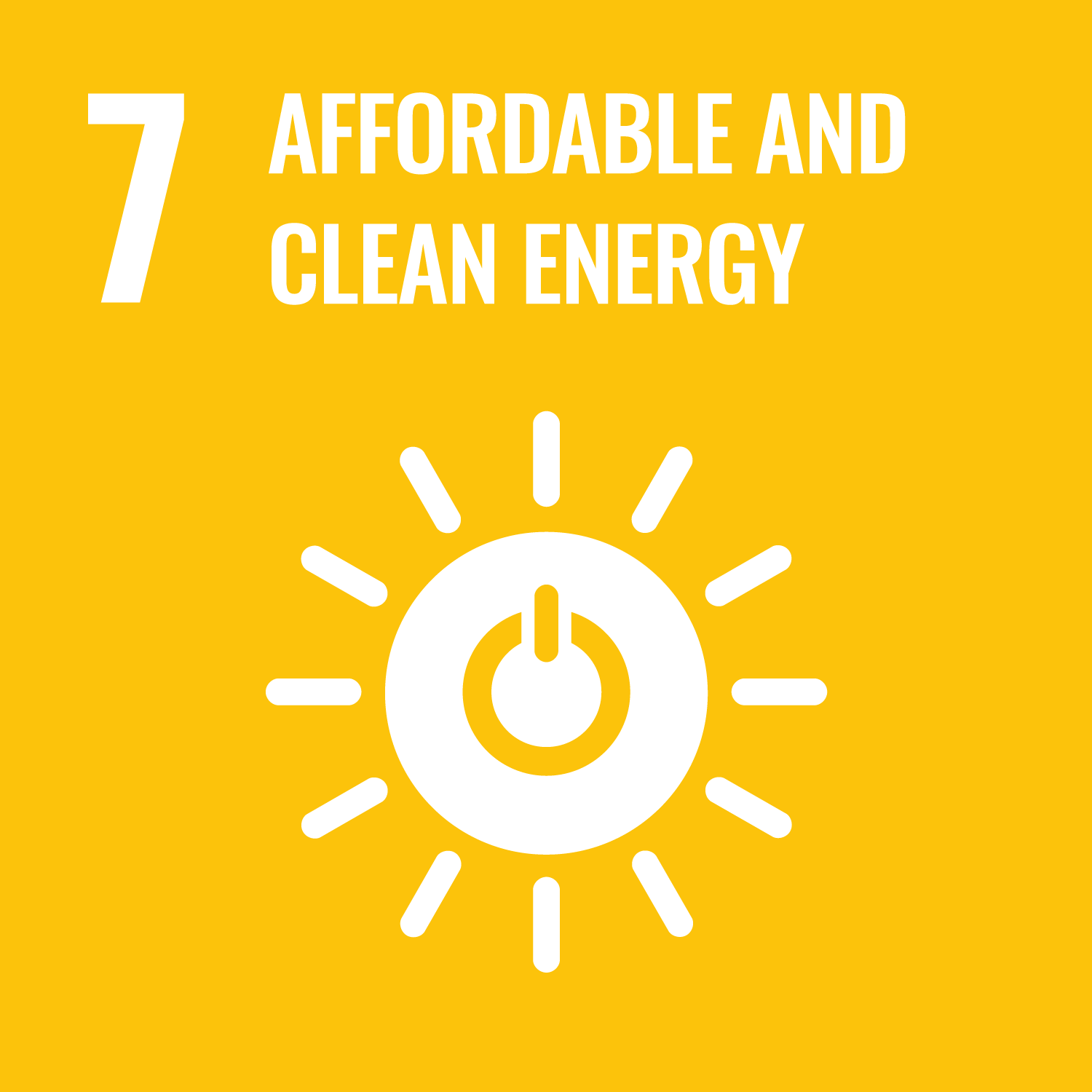ORCID
- Anaëlle J. Lemasson: 0000-0002-5158-0610
Abstract
Marine artificial structures (MAS), including oil and gas installations (O&G) and offshore wind farms (OWFs), have a finite operational period. Selecting the most suitable decommissioning options when reaching end-of-life remains a challenge, in part because their effects are still largely undetermined. Whether decommissioned structures could act (sensu ‘function’) as artificial reefs (ARs) and provide desired ecological benefits is of particular interest. Here we use a meta-analysis approach of 531 effect sizes from 109 articles to assess the ecological effects of MAS, comparing O&G and OWFs to shipwrecks and ARs, with a view to inform their decommissioning. This synthesis demonstrates that while MAS can bring ecological benefits, important idiosyncrasies exist, with differences emerging between MAS types, habitat types, taxa and ecological metrics. Notably, we find limited conclusive evidence that O&G and OWFs would provide significant ecological benefits if decommissioned as ARs. We conclude that decommissioning options aimed at repurposing MAS into ARs may not provide the intended benefits.
DOI Link
Publication Date
2024-03-22
Publication Title
Nature Sustainability
Volume
7
Issue
4
Acceptance Date
2024-02-14
Deposit Date
2024-07-15
Additional Links
First Page
485
Last Page
495
Recommended Citation
Lemasson, A., Somerfield, P., Schratzberger, M., Thompson, M., Firth, L., Couce, E., McNeill, C., Nunes, J., Pascoe, C., Watson, S., & Knights, A. (2024) 'A global meta-analysis of ecological effects from offshore marine artificial structures', Nature Sustainability, 7(4), pp. 485-495. Available at: 10.1038/s41893-024-01311-z


